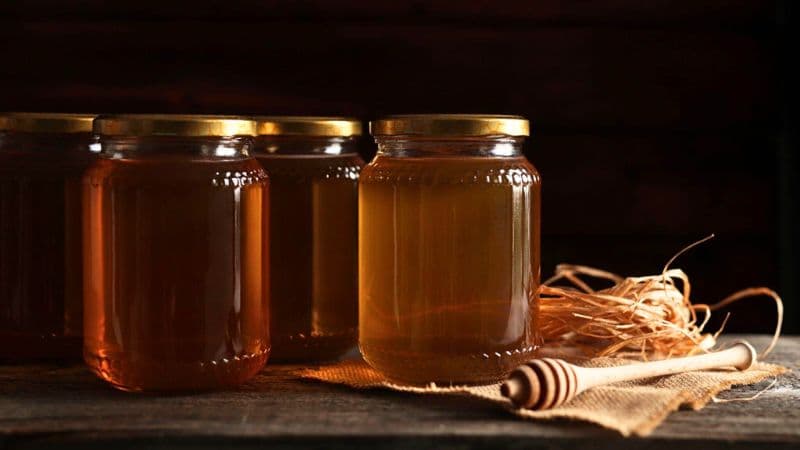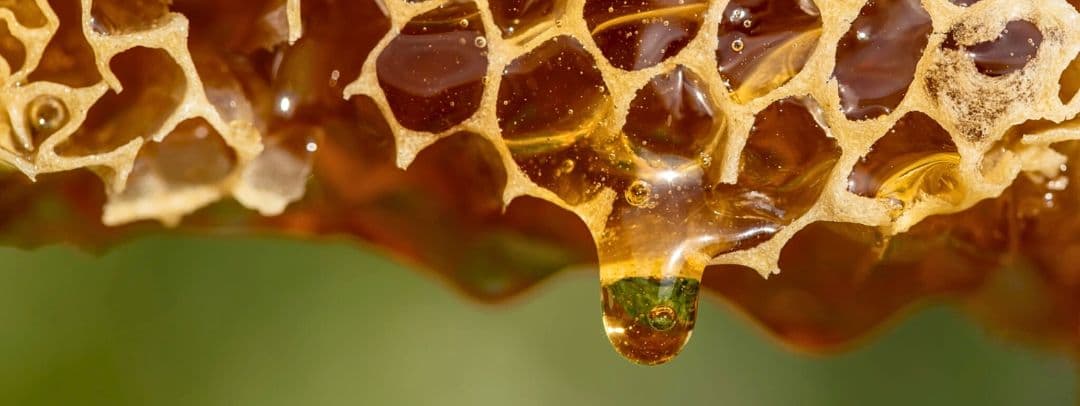Do you want to know which is the perfect honey for you? Today we bring you some tips so that you can identify the properties and benefits of honey and discover which one best suits you.
Throughout history, honey has been considered a food valued for its properties and health benefits. In addition, it works as a perfect natural sweetener, thanks to its sweet and mild flavor.
These qualities differentiate each type of honey, each of them being indicated to treat or cover different conditions or needs.
In this sense, it is convenient to analyze the individual needs of each person, choosing the precise honey in order to effectively benefit from its therapeutic properties.
What are the main types of honey?
There are different varieties of honey available on the market, with individual peculiarities and attributes. Some of the most interesting are:
Thousand flower honey
This type of honey is made by bees from the nectar of many species of wild flowers. In its composition, there is no proportion of pollen from one species that stands out from another.
The flavor and texture of this honey is variable, depending on factors such as the plant species that surround the hive or the region itself where they are found.
Other determining aspects are meteorological, such as the amount of annual precipitation.
Milflores honey is characterized by its light amber color, and for having a smooth, not very thick texture. Although, it must be taken into account that depending on the floral species from which the bees take nectar, the color of the honey can vary, finding honey from thousand flowers of darker shades and with a denser consistency.
Among the most frequently foraged species are lavender, rosemary or thyme.
Depending on these species, we can obtain lighter or, conversely, darker honeys. They have different properties and are therefore different for their applications.

Forest honey:
This type of honey is made by bees by collecting substances present in the leaves of holm oaks, oaks and other trees present in the forest masses of our country.
Although we call it “forest honey”, it is not really honey, but honeydew or “honey dew”.
Forest honey has an intense flavor. Its color is dark, and it presents a thick and dense texture in its composition.
Finally, the species to which bees frequently go to collect these substances are usually chestnut, lime, oak or broom.
As you can see, we can find a multitude of honeys from different plant species. These varieties offer different benefits, depending on the type of honey and our specific needs.
Benefits of different types of honey
Thousand flower honey:
Thanks to its rich contribution of antioxidants, vitamins and minerals, milflores honey helps protect the immune system and the proper functioning of the digestive system.
In addition, this type of honey can work especially well to reduce inflammation and alleviate pain. Among its most appreciated properties are those associated with cardiovascular health and skin and hair care.
Lavender honey:
This type of honey belongs to the group of monofloral honeys, and its appearance is generally clear. It shares the benefits of thousand-flower honey, although it has very interesting calming and relaxing properties.
Lavender honey can be especially indicated to combat stress and optimize the quality of sleep.
Rockrose honey:
This type of honey, dark in color and thick in consistency, has traditionally been used to treat conditions thanks to its multiple health benefits.
Its anti-inflammatory and antibacterial action make it especially suitable for reducing the symptoms of sinusitis, cough or bronchitis.
Its healing and antiseptic properties make it useful for treating skin burns, as well as acne or wounds.
In addition, like other types of honey, rockrose has other especially healthy properties for the digestive system, being frequently used to treat acidity or gastritis.

Rosemary honey
Rosemary honey is a type of monofloral honey. The color of this honey can vary, oscillating between shades of light and dark amber. Of its properties, in addition to having the same qualities as those mentioned above, it is a honey that provides benefits to digestive health. For example, rosemary honey is capable of relieving heartburn.
Due to its antibacterial action, it is useful in the treatment of some respiratory infections, such as the flu. In addition, its contribution to improving concentration and memory is interesting, thanks to its neuroprotective properties.
Forest honey:
This type of honey has multiple health benefits. Among the properties that forest honey has are: antioxidants, antibacterial, anti-inflammatory and immune system stimulants.
Due to its expectorant action, forest honey is indicated to treat some respiratory conditions, such as asthma or bronchitis.
Finally, in addition to acting as a natural analgesic, being frequently used to relieve sore throats, forest honey is frequently used to combat digestive problems such as gastritis or diarrhea.
As you have seen, there are many honeys with especially beneficial properties for health. Knowing what the personal needs of each individual are, as well as analyzing the characteristics of each type of honey, are the keys to enjoying all the advantages and benefits of its consumption.
You may also be interested in:



